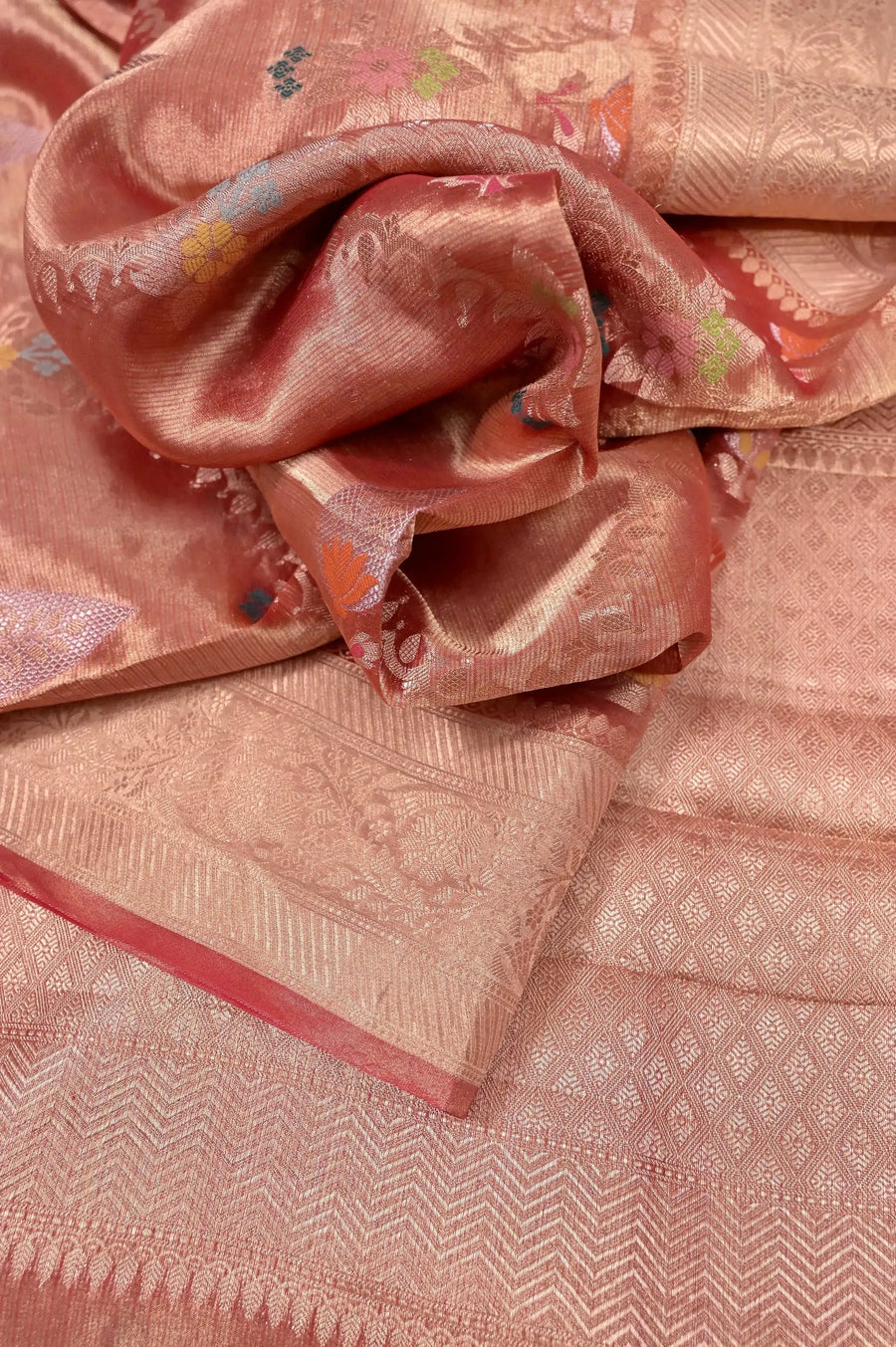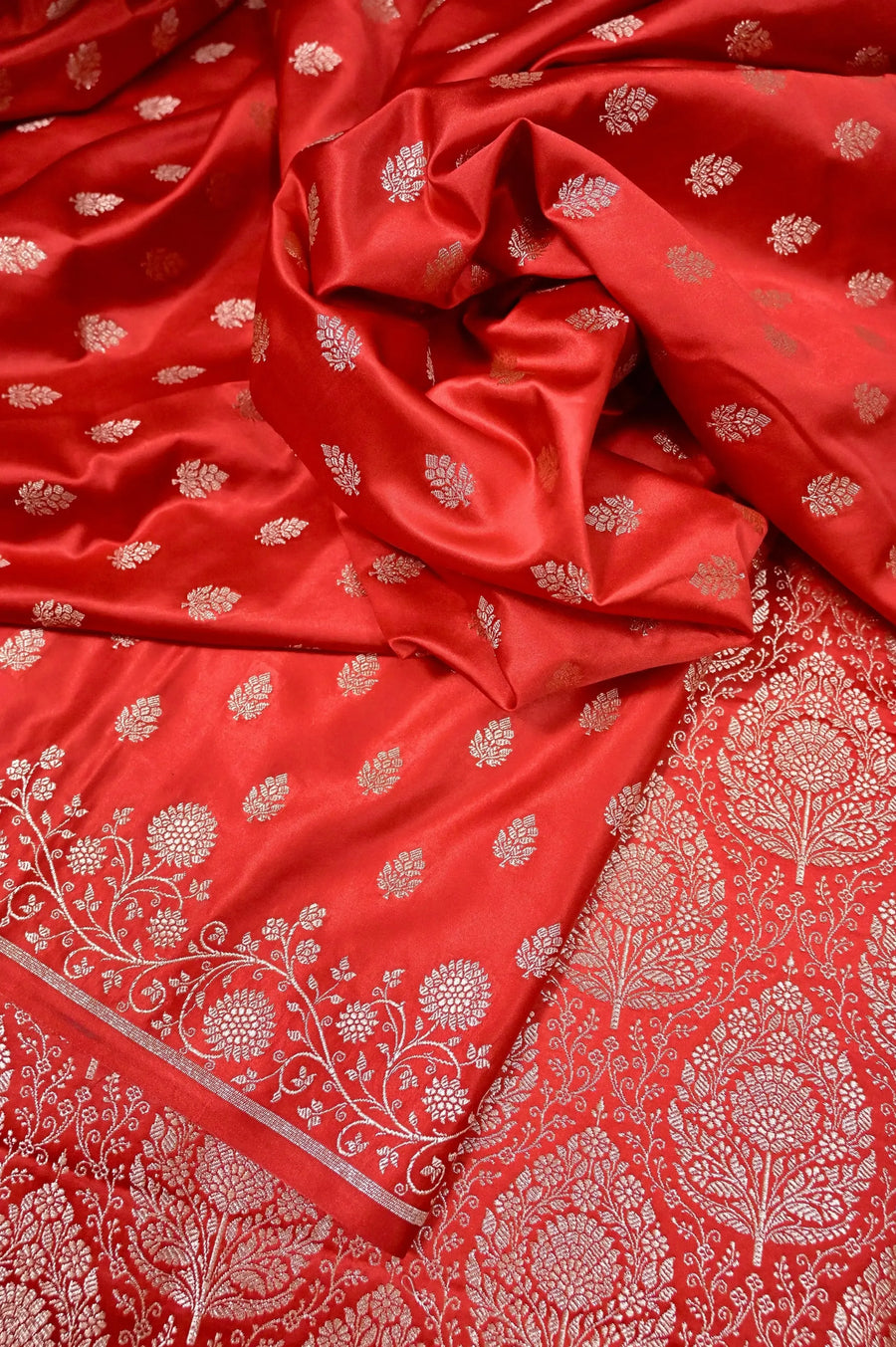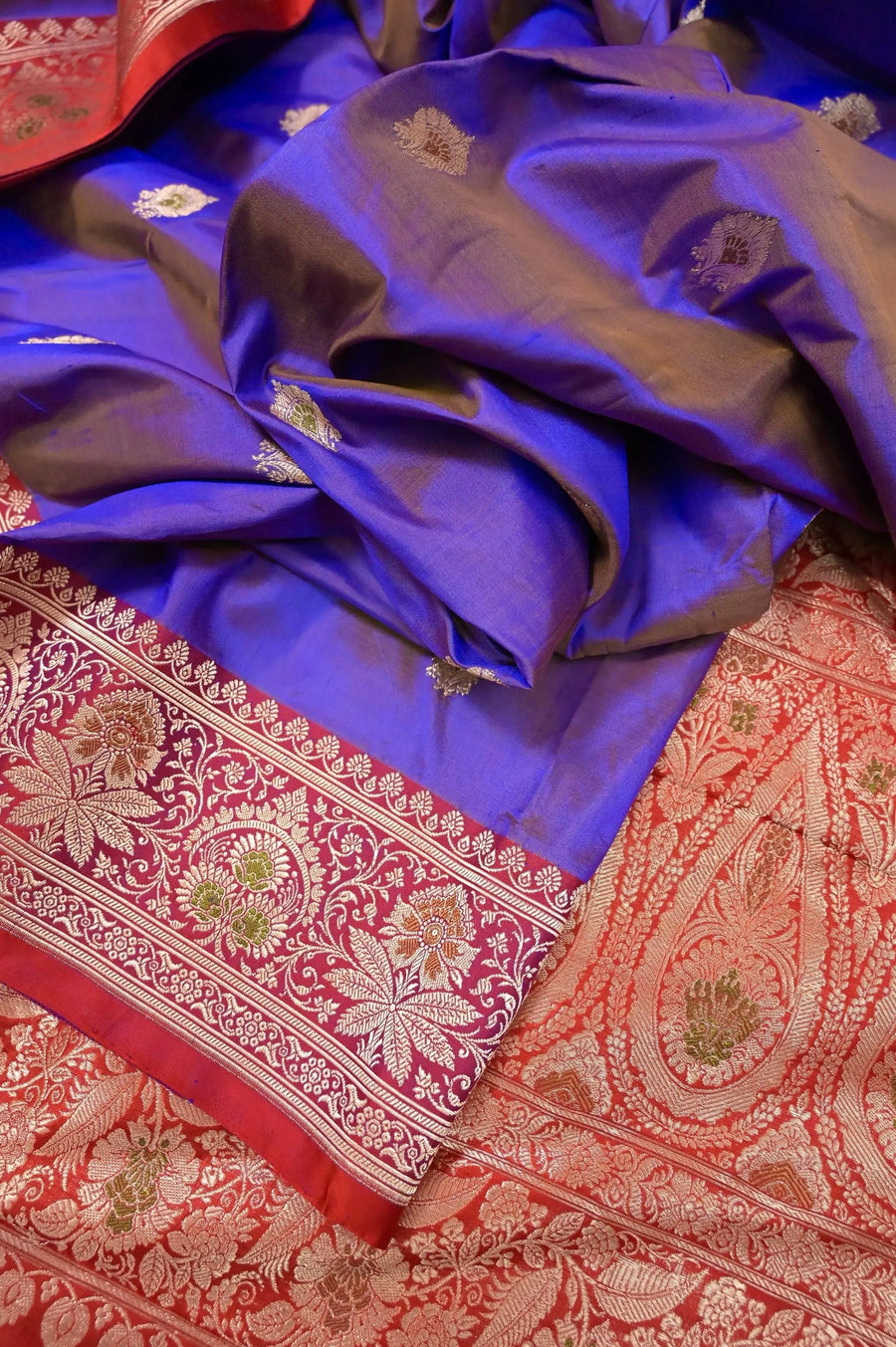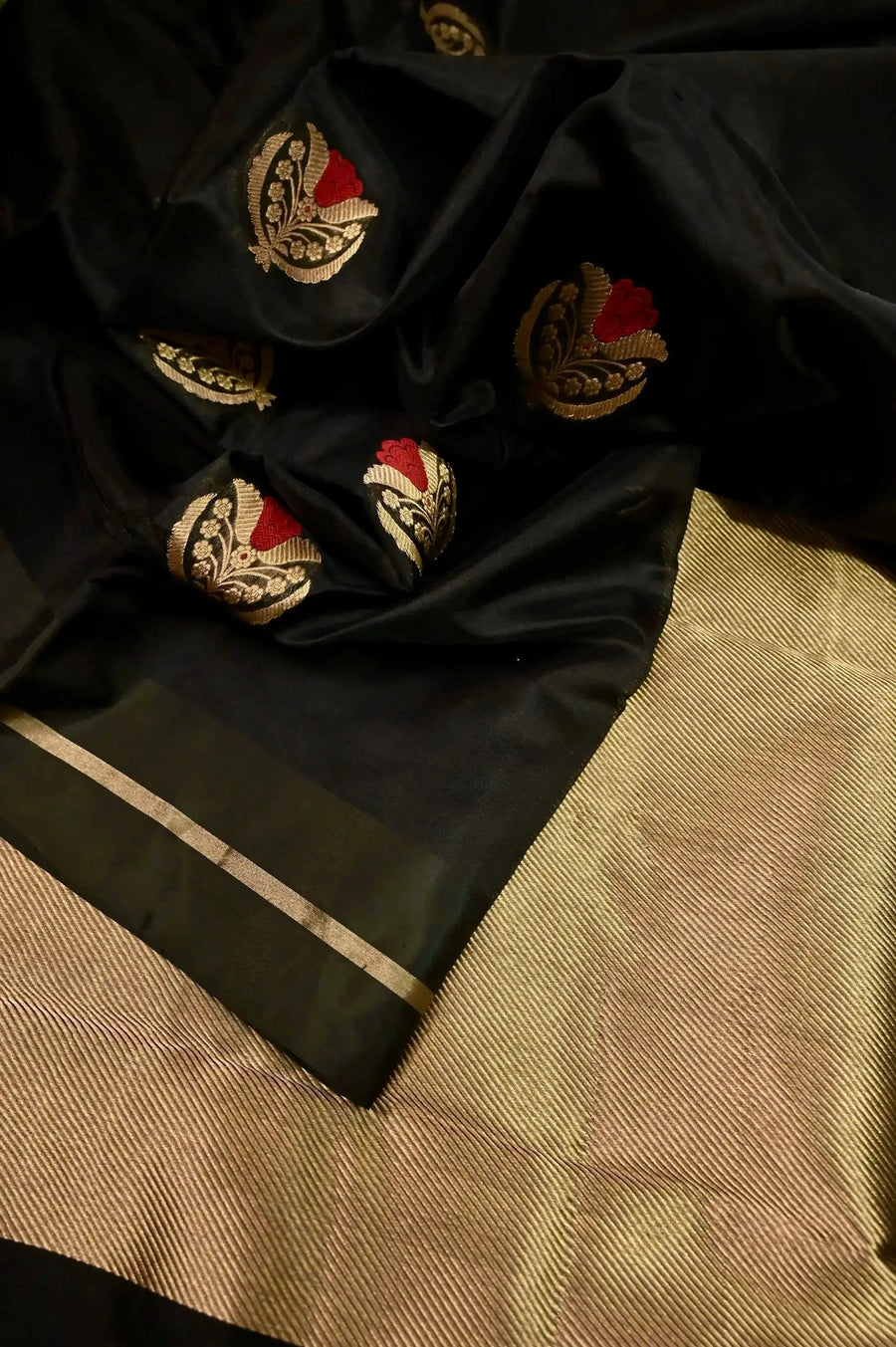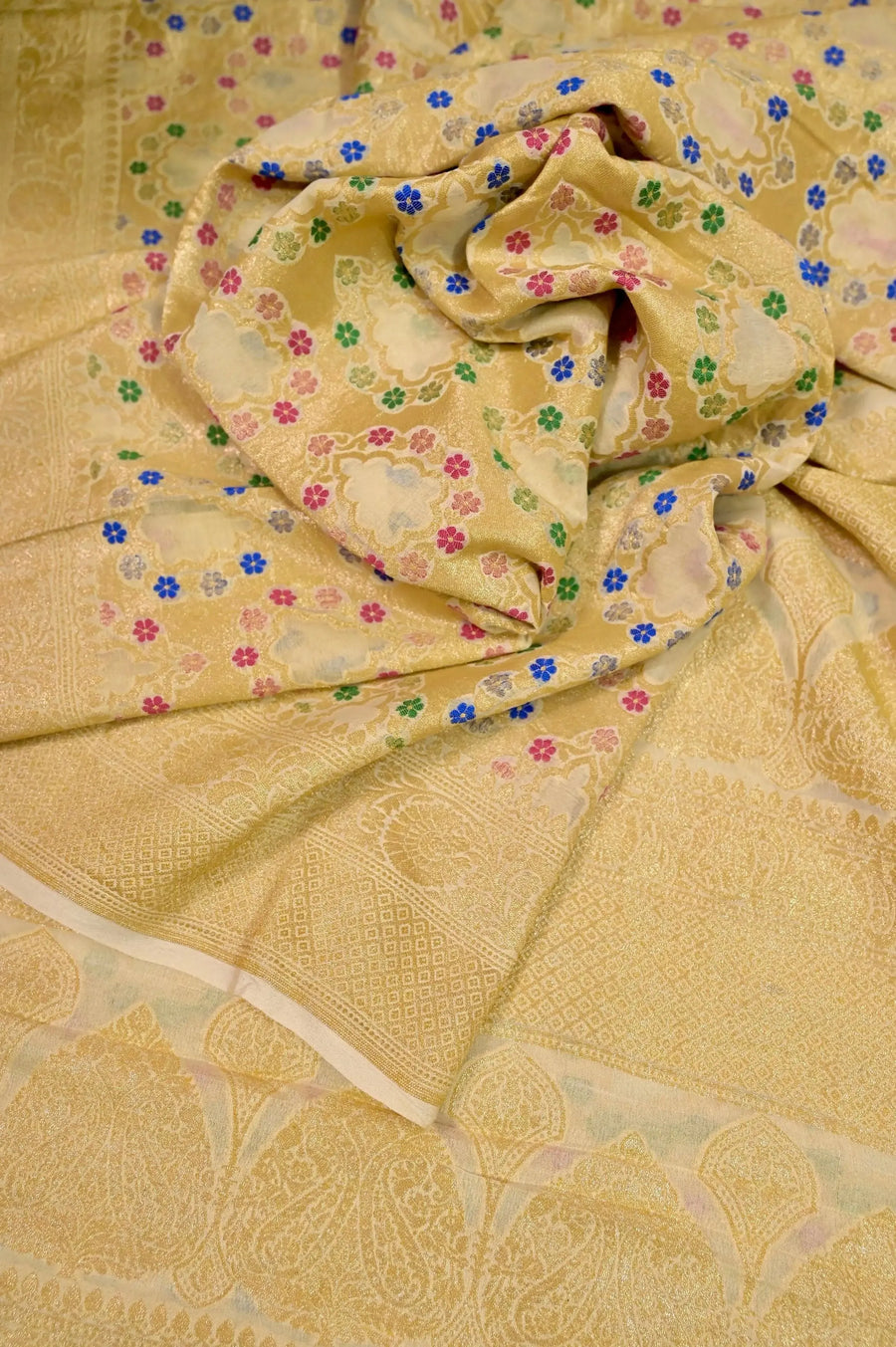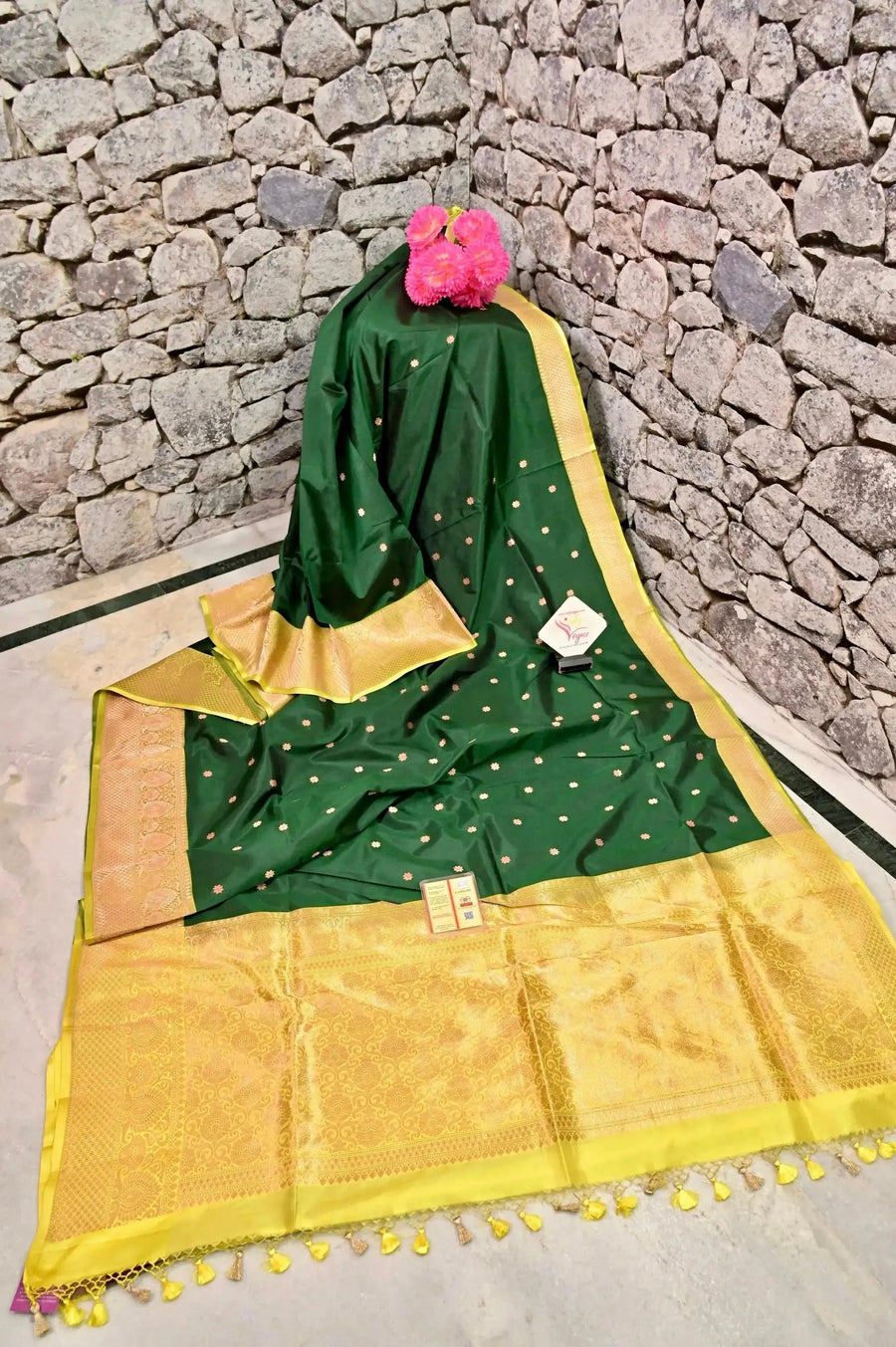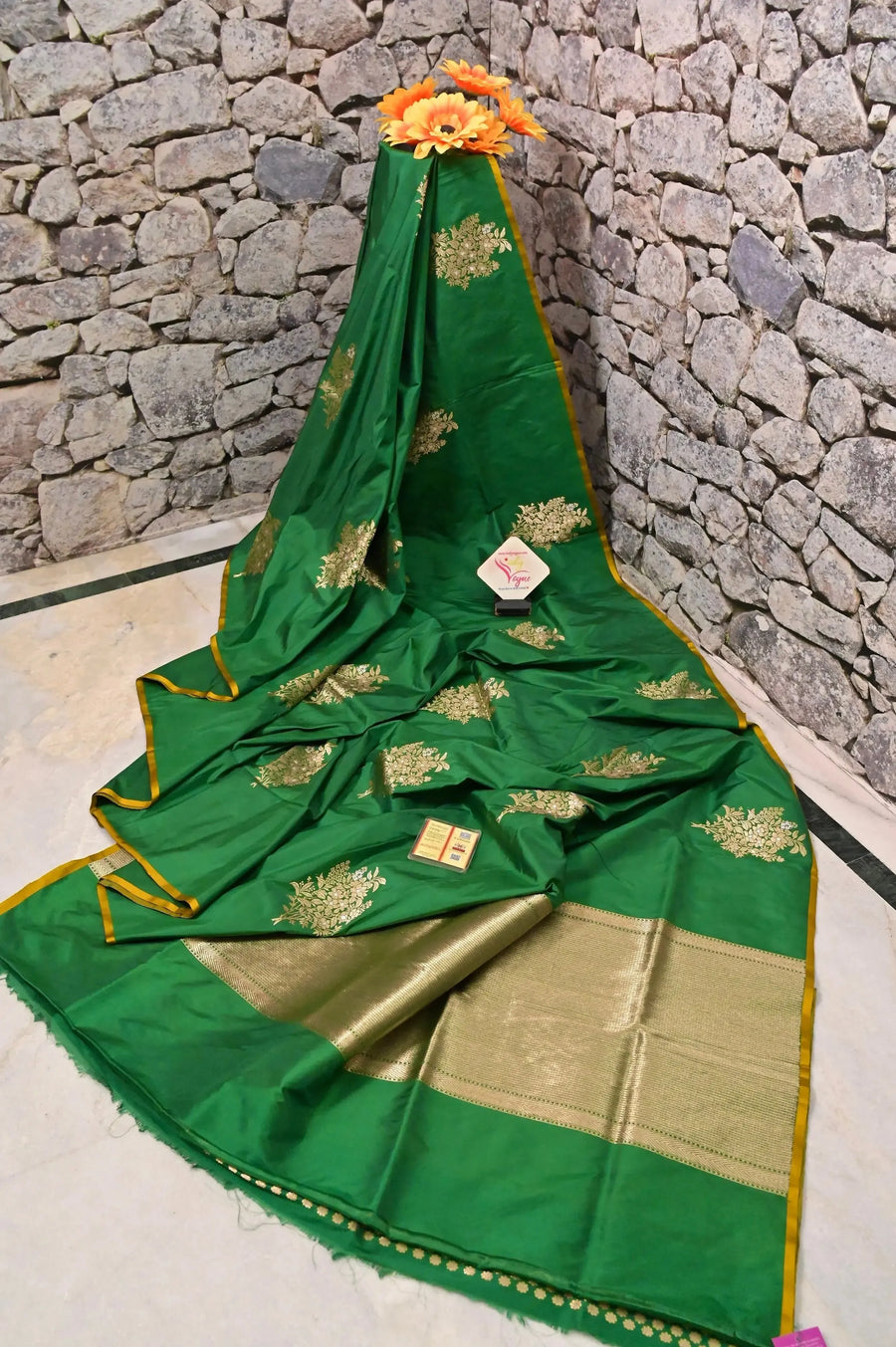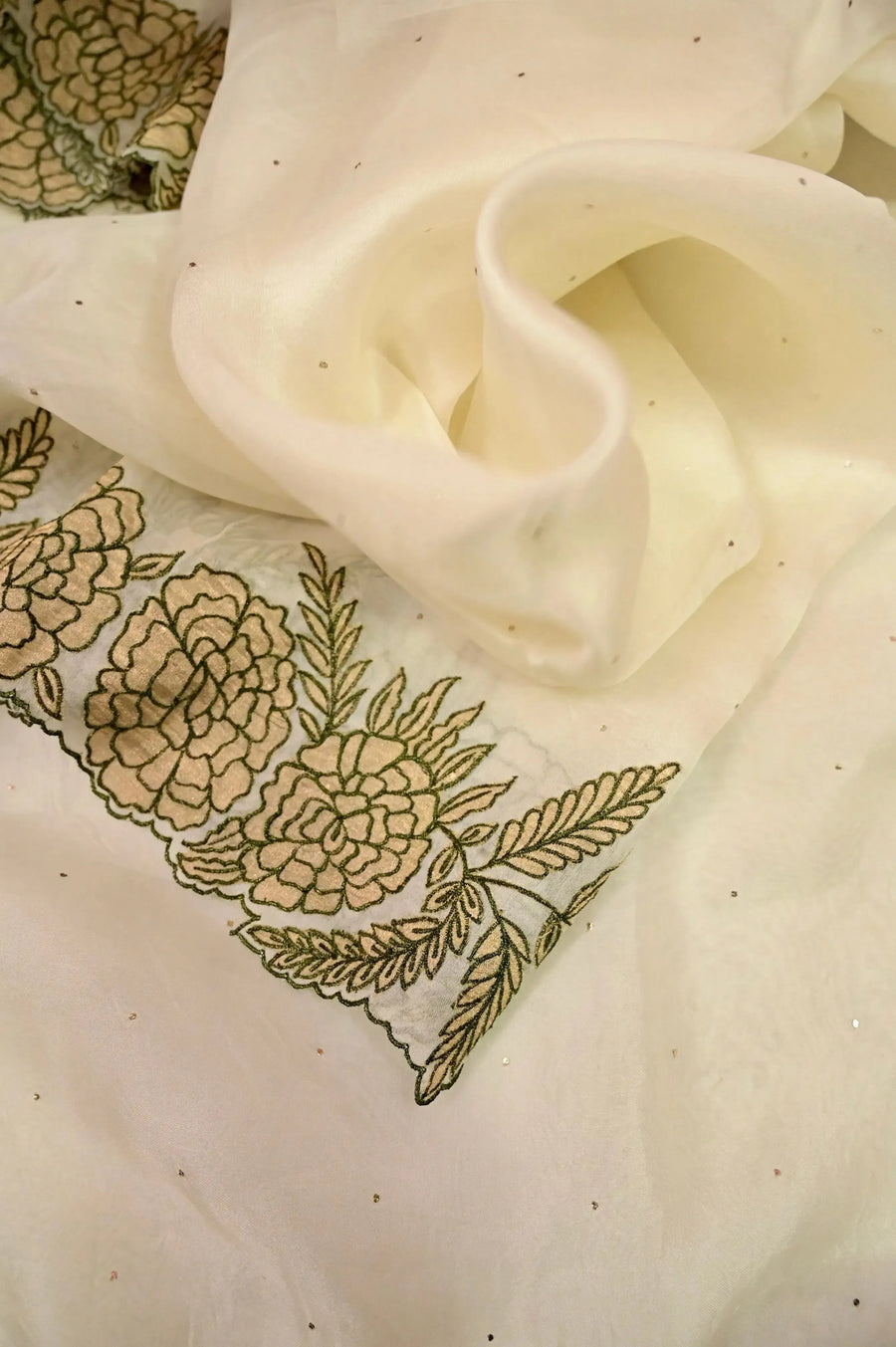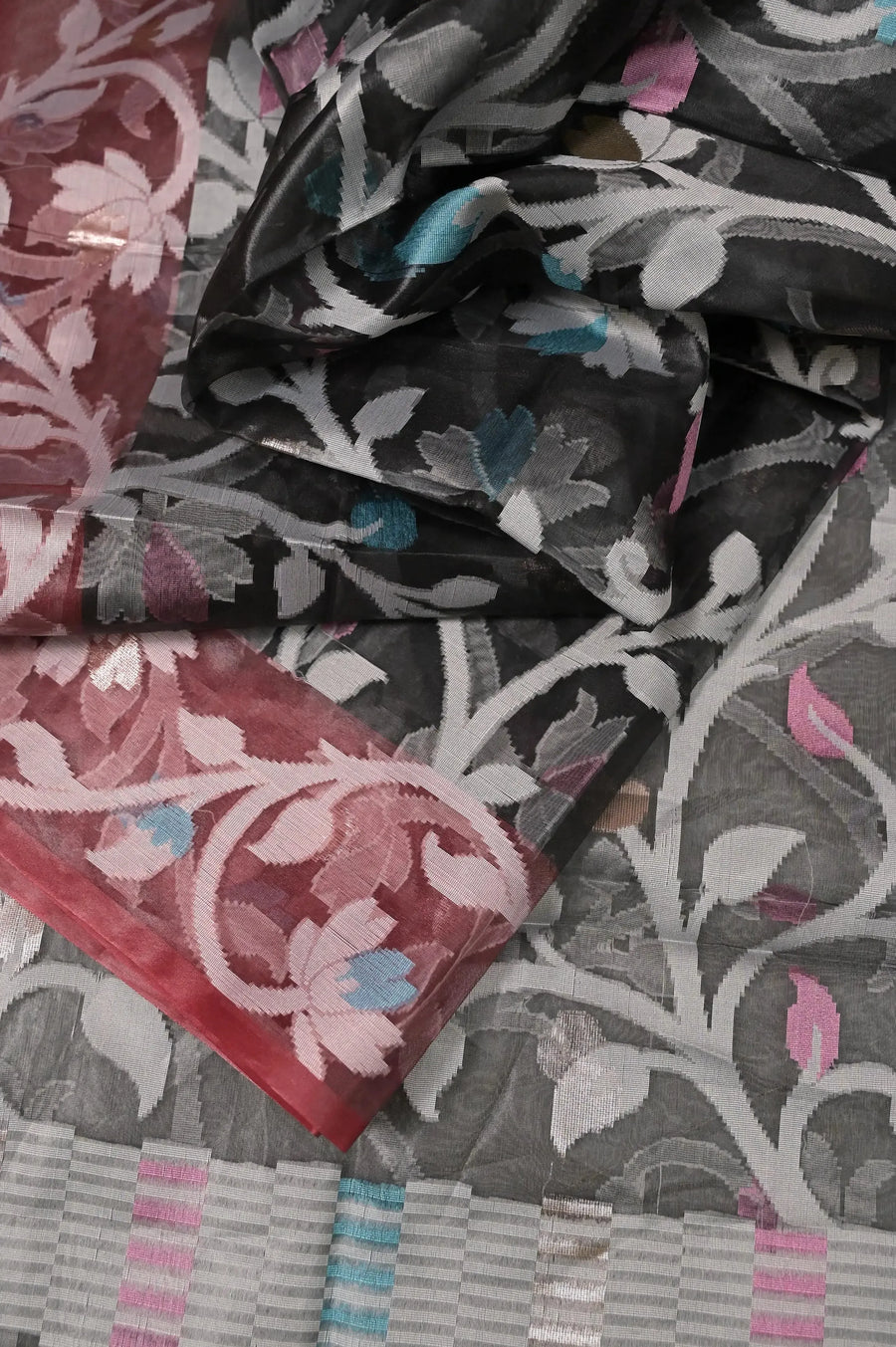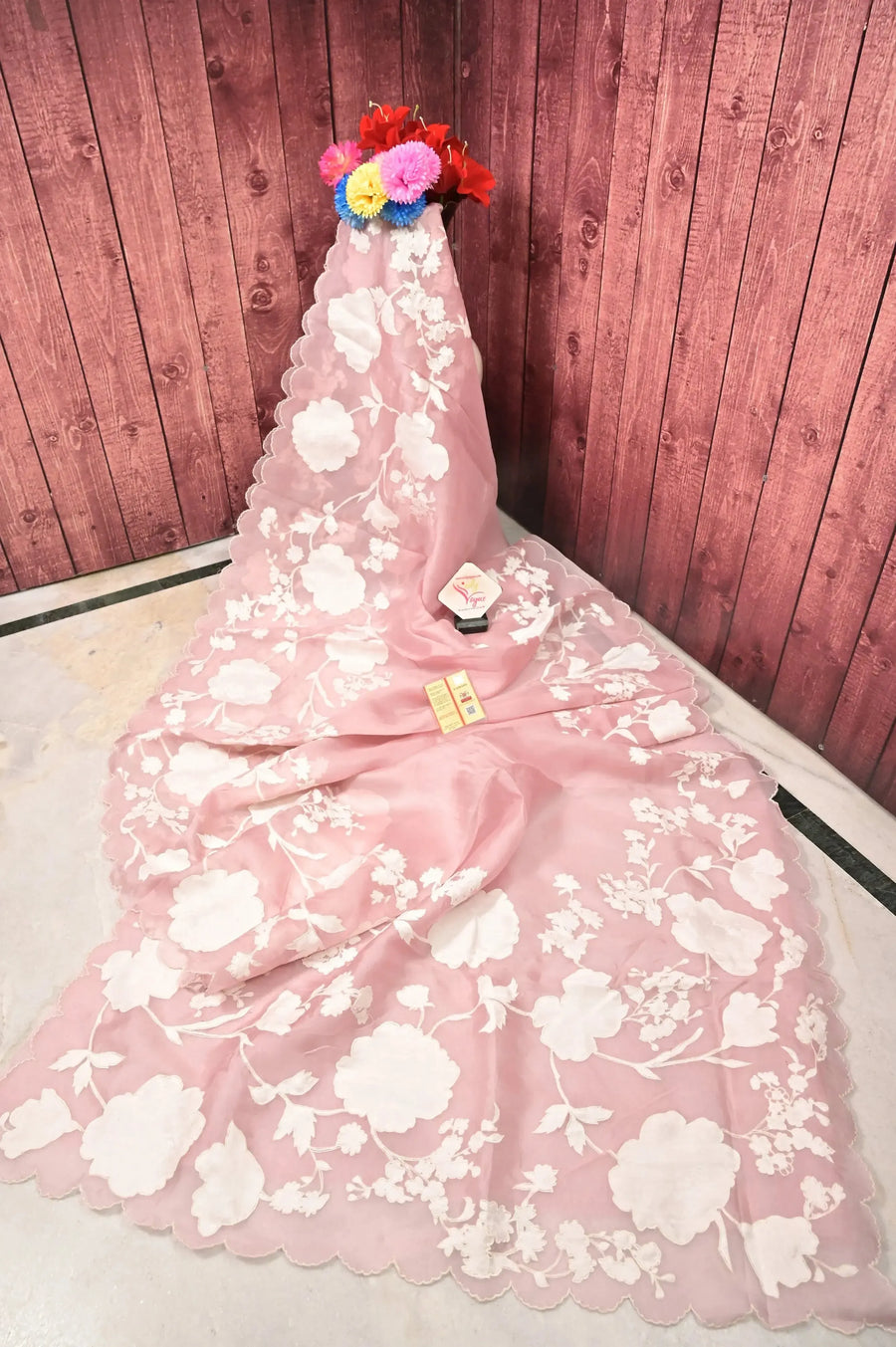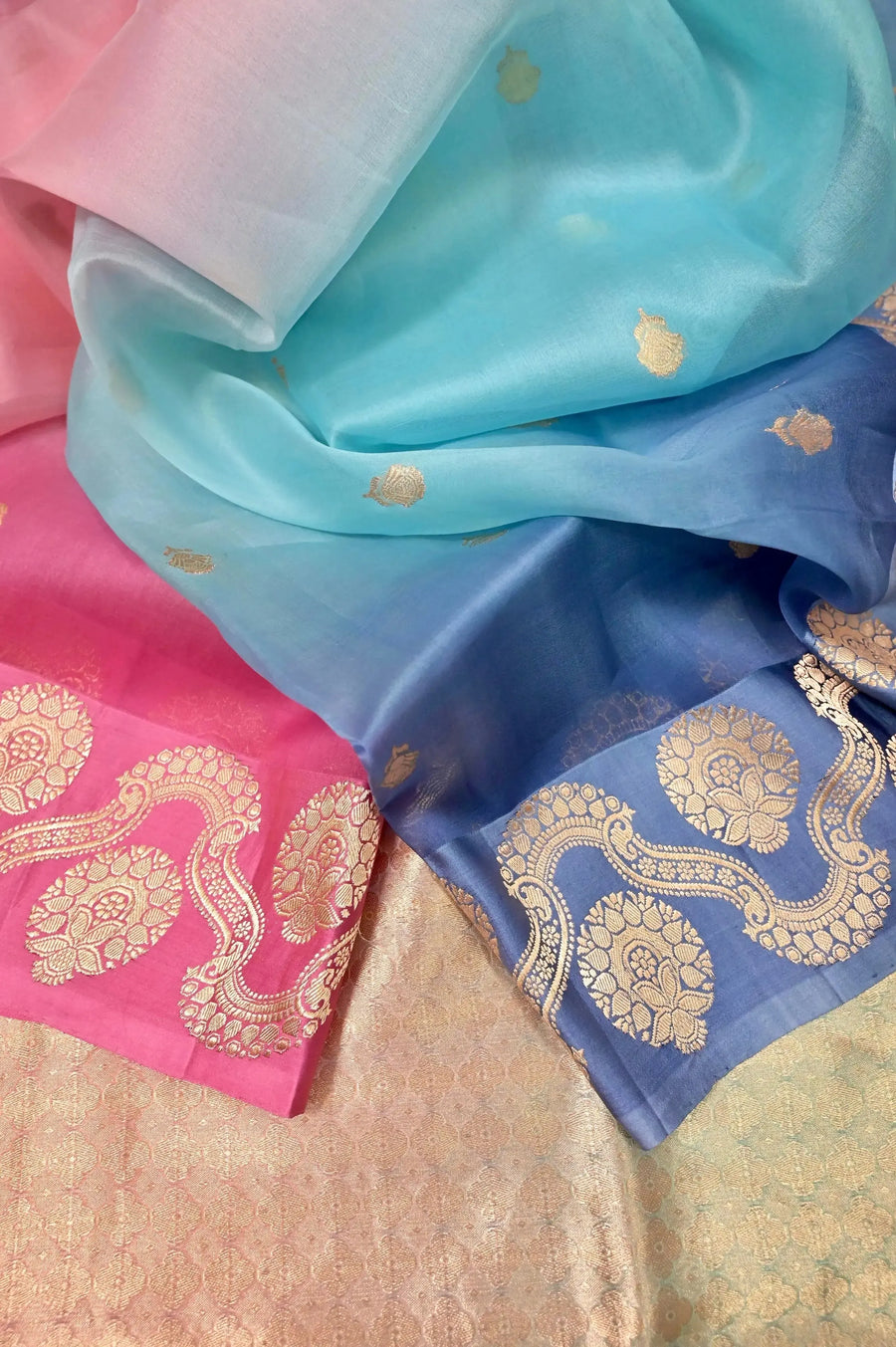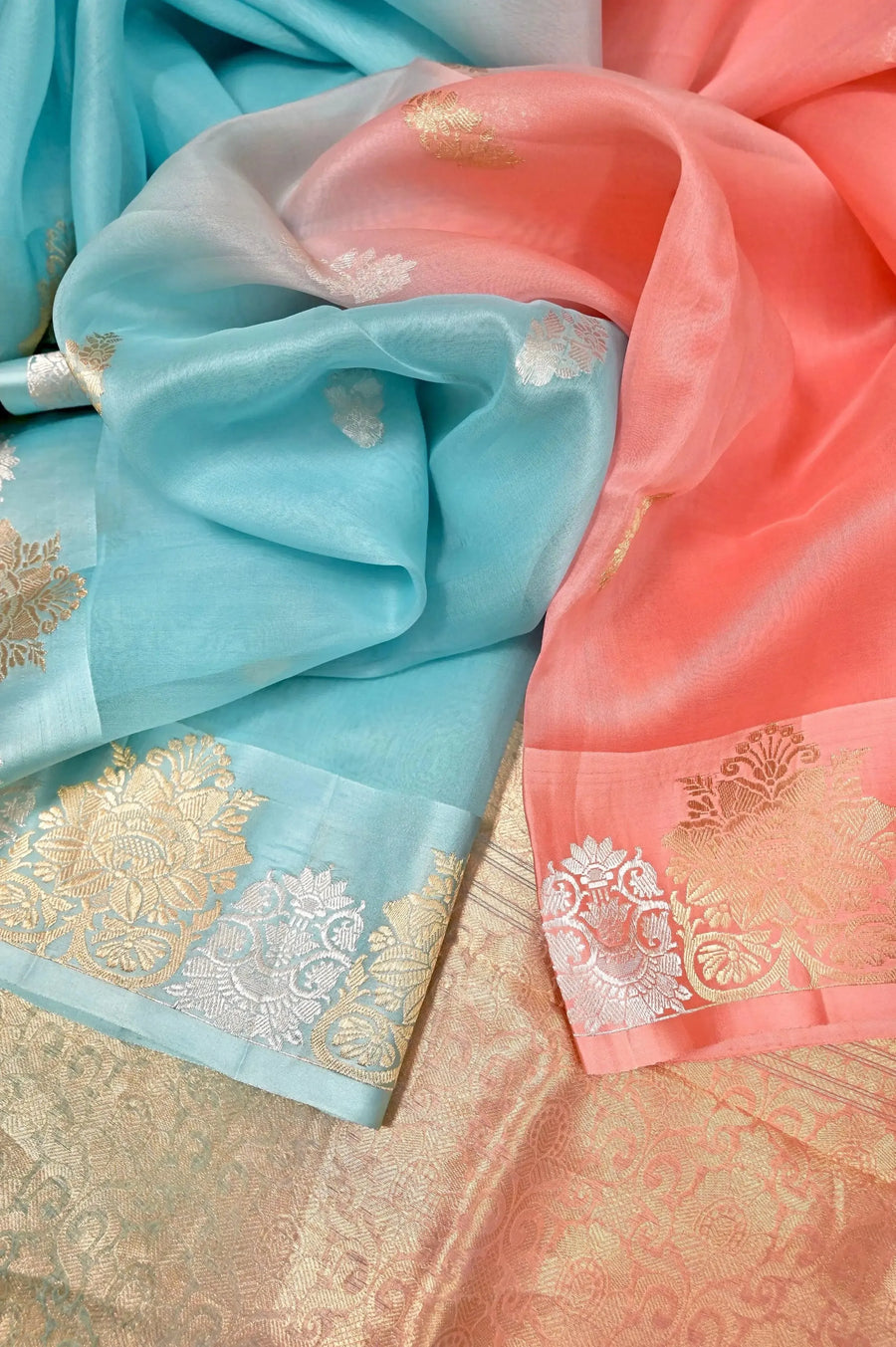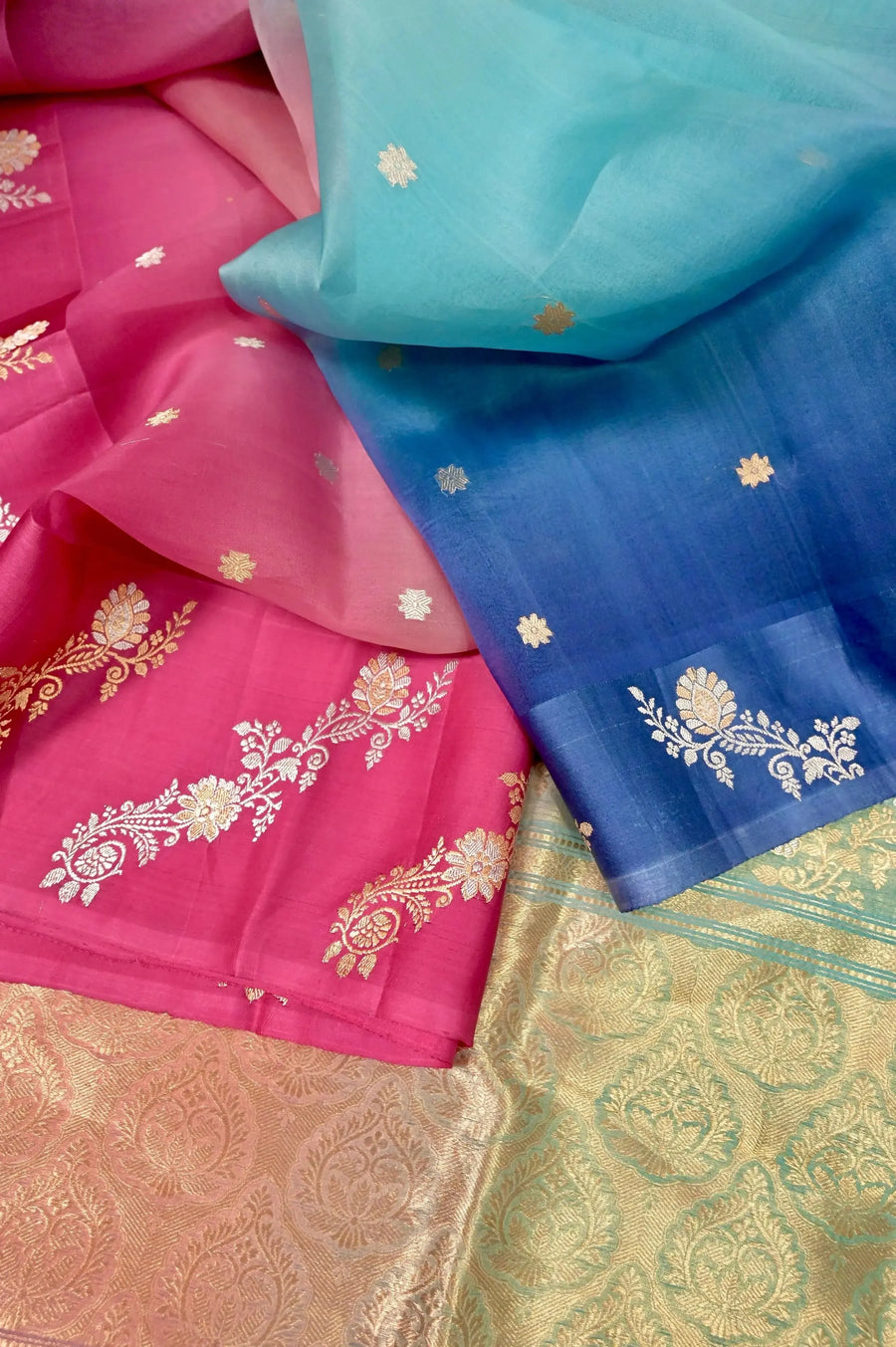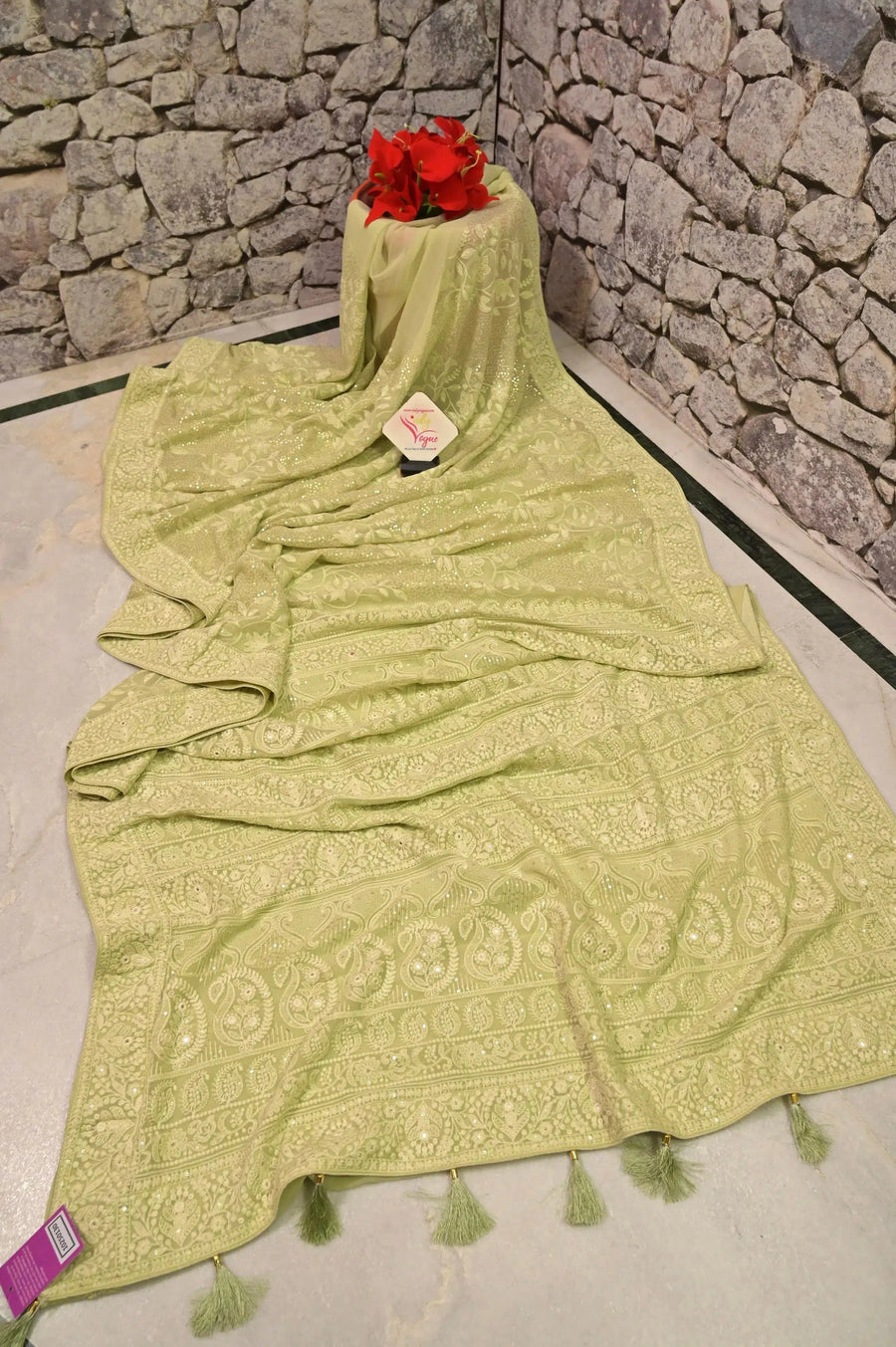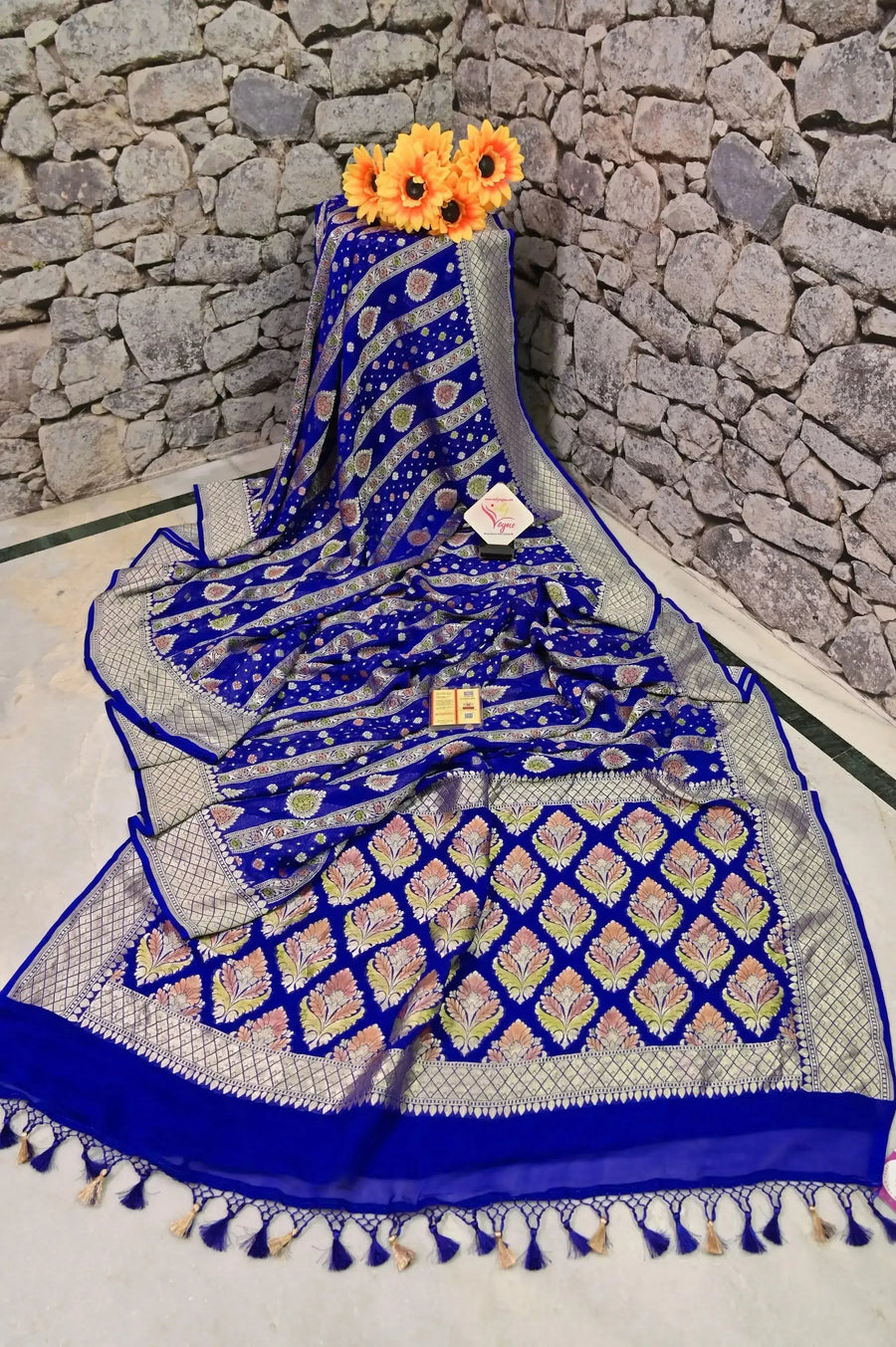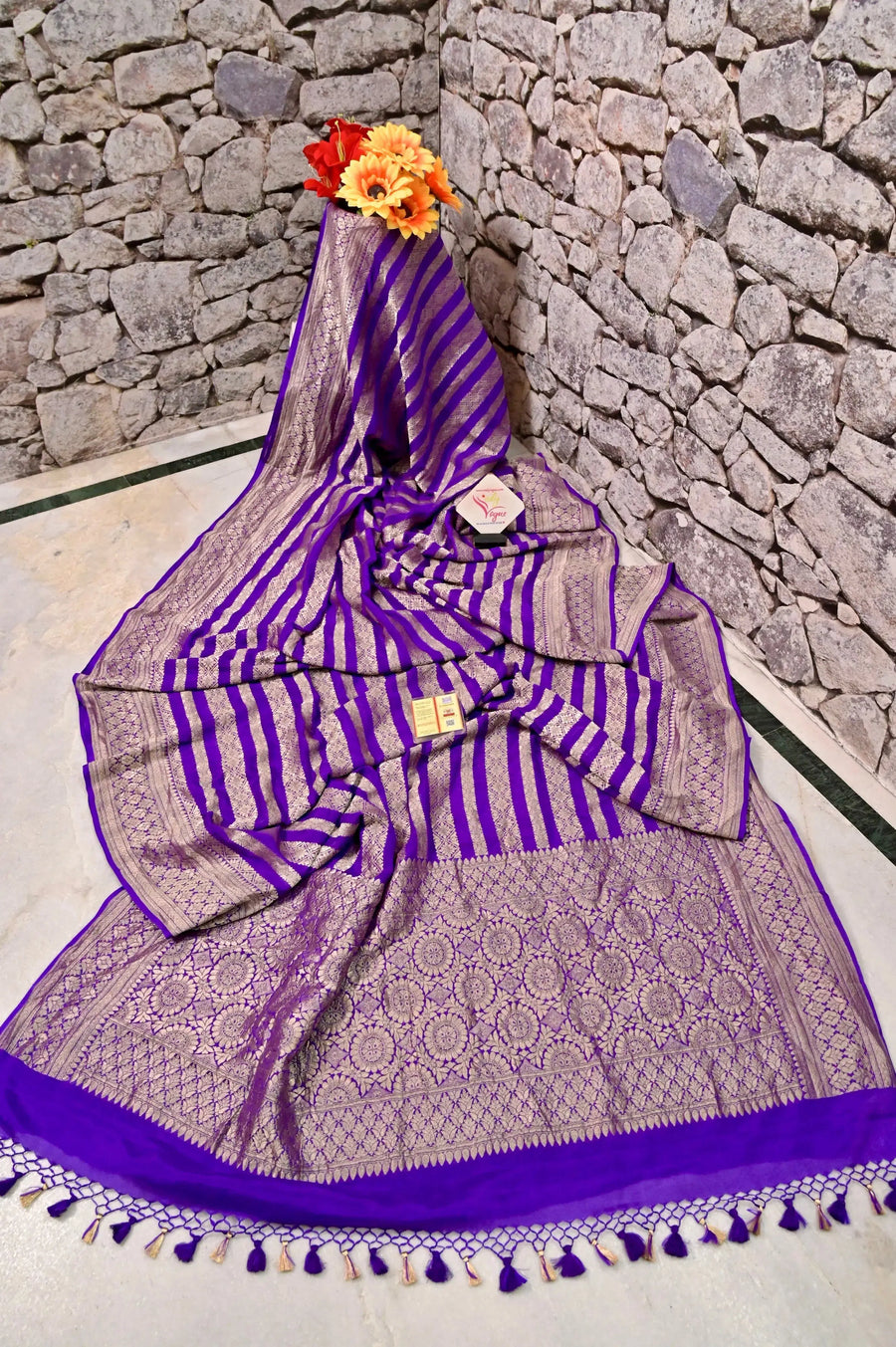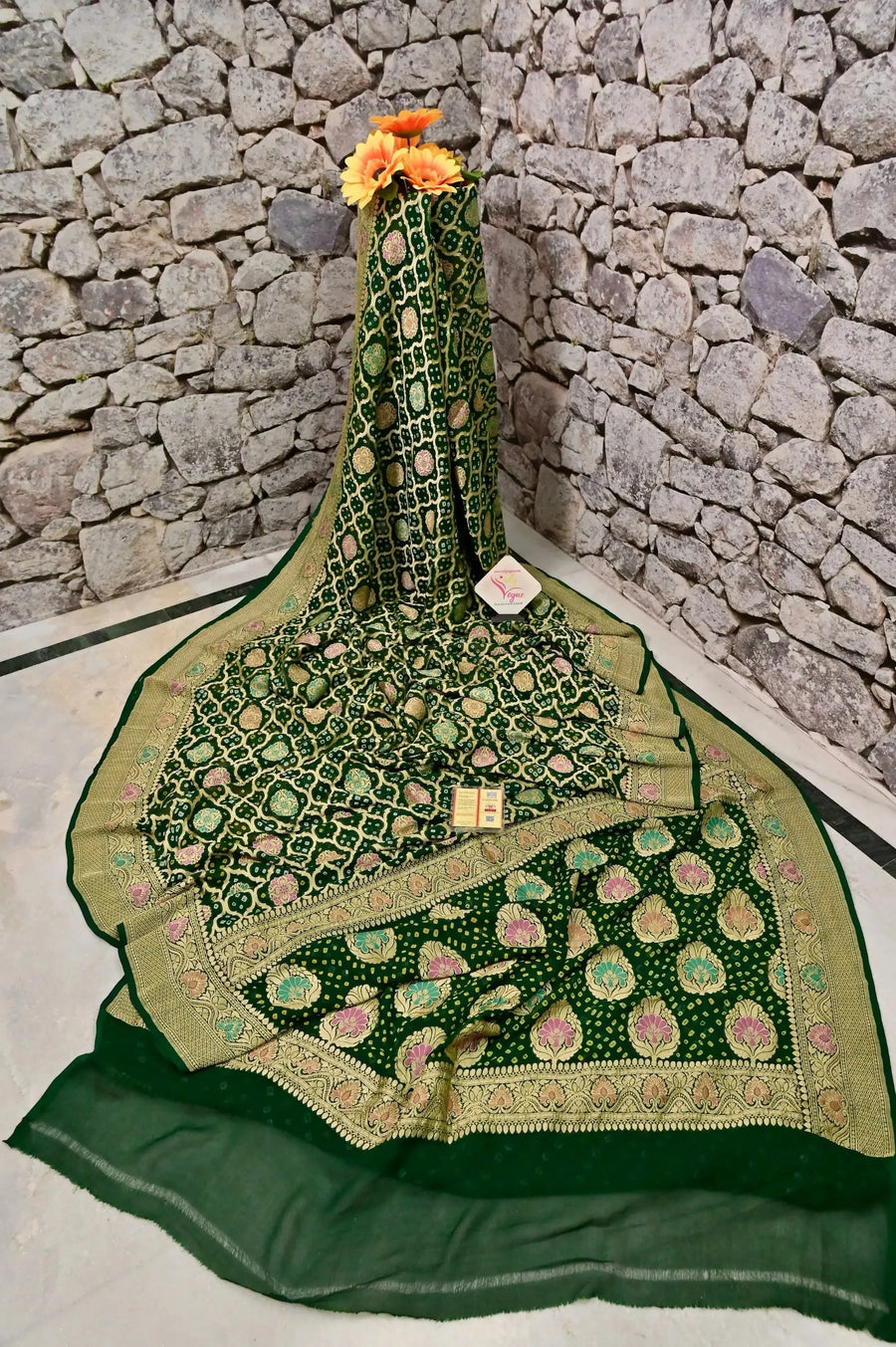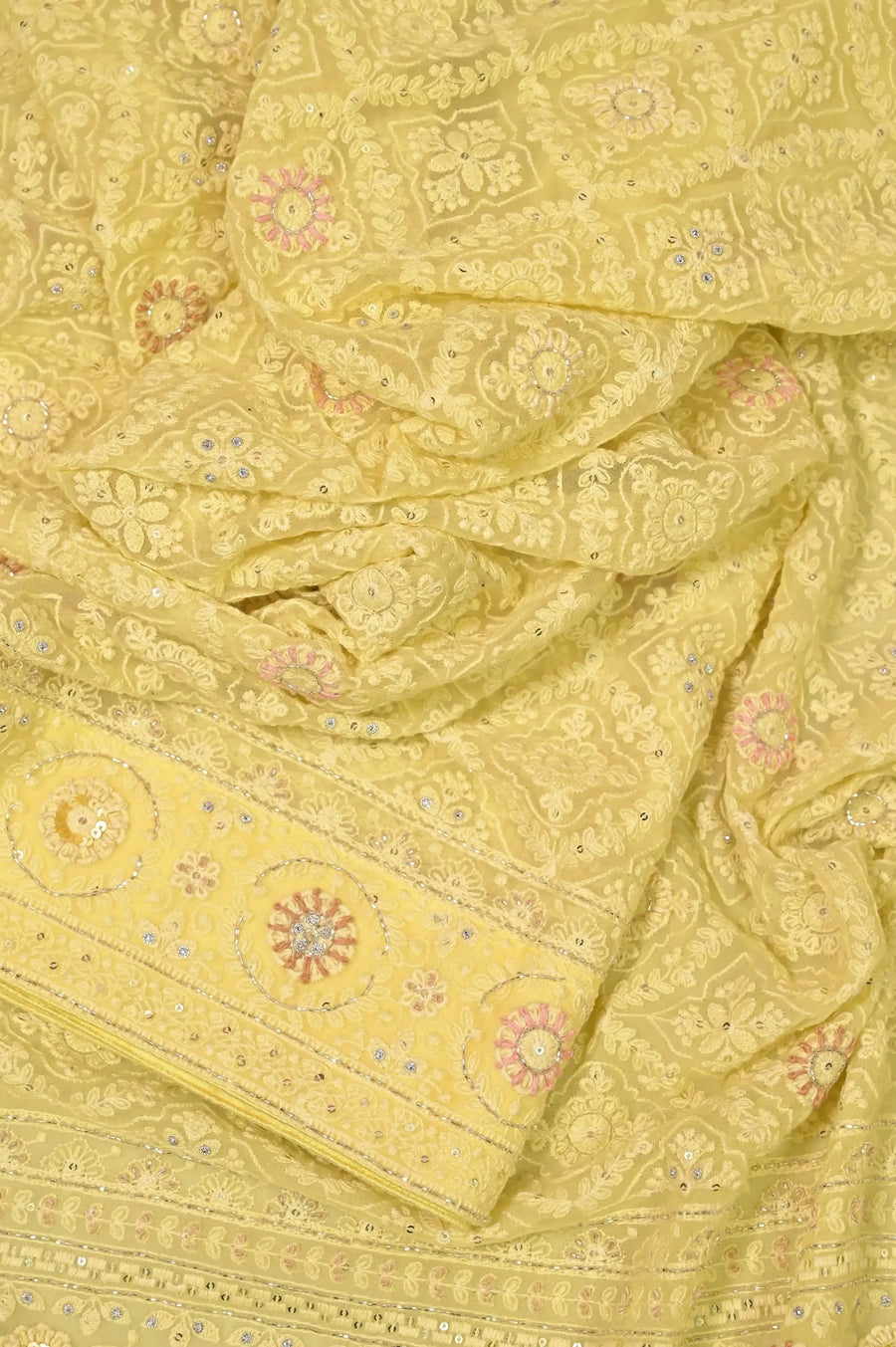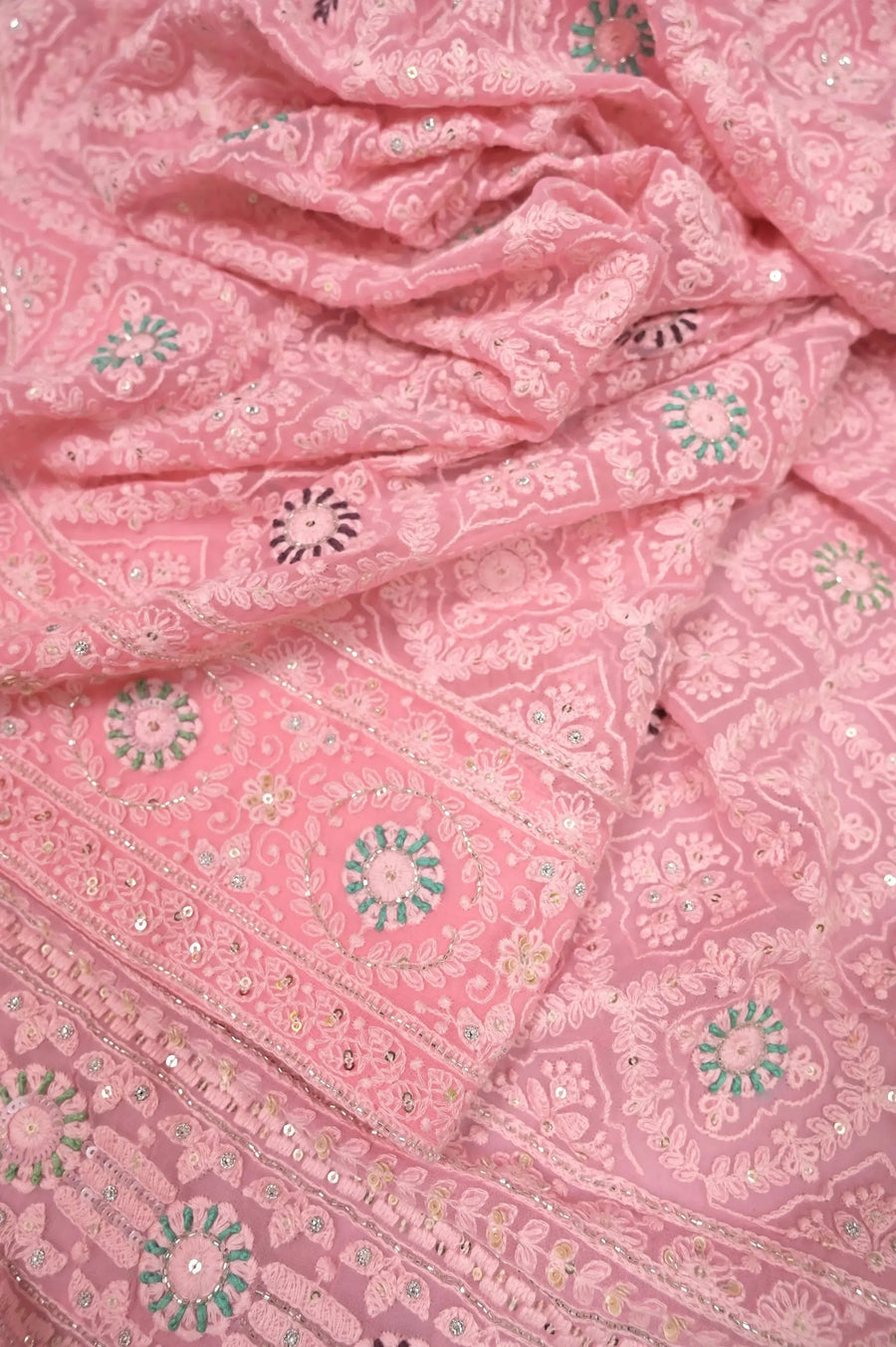Bridal Sarees Demystified: What Every Bride Needs to Know (with Love from IndyVogue)
Okay, bride-to-be—pause that Pinterest scroll and put down the chai. We need to discuss one of the most underrated yet make-or-break elements of your big day look: your bridal saree drape.
Yes, we know your heart is set on that stunning handwoven Kanjivaram or dreamy organza saree from IndyVogue (great taste, by the way 😉), but do you know how you want to wear it?
Let’s explore the essential bridal drapes, trends backed by data, and the cultural significance behind how Indian brides wear their sarees, regionally and globally.
Don't panic—we're about to spill all the bridal secrets.
Wait… What Exactly Is a Bridal Saree/Drape?
Think of your bridal saree as a gorgeous love letter to tradition.
Now think of the drape as your signature at the bottom.
It’s not just about folding and pinning fabric. It’s how you express your personality, roots, and vibe—whether that’s classic elegance, full-on drama, or fusion chic.
Why the Bridal Drape Matters
According to a 2023 survey by WedMeGood, nearly 65% of Indian brides chose sarees over lehengas for at least one of their wedding functions, especially for ceremonies like muhurtham, vidaai, or saptapadi. However, only 27% reported knowing how to choose or request a specific draping style.
That’s a gap worth addressing.
The way a saree is draped doesn’t just affect visuals—it can determine how easily a bride moves, poses, and enjoys her special day. It's also a deeply cultural expression of heritage, often tied to regional identity and family traditions.





